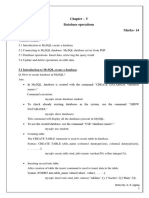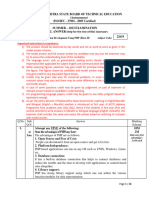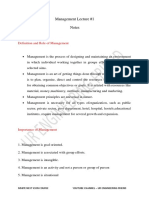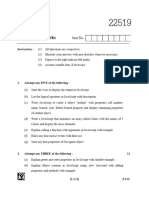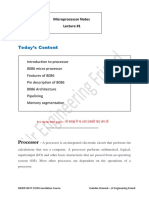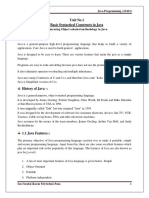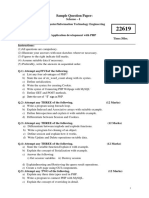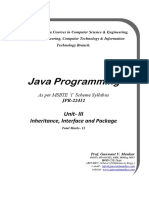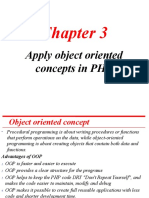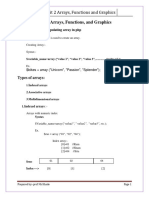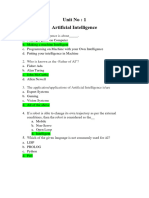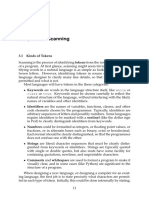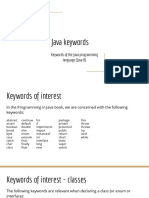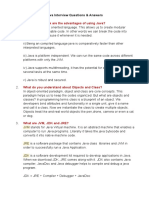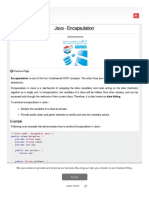0% found this document useful (0 votes)
432 views28 pagesUnit 3 Apply Object Oriented Concepts in PHP-2
The document discusses object oriented concepts in PHP including creating classes and objects, constructors and destructors, inheritance, overloading, overriding and cloning objects. It provides code examples and explanations of key concepts.
Uploaded by
Sakshi BhosaleCopyright
© © All Rights Reserved
We take content rights seriously. If you suspect this is your content, claim it here.
Available Formats
Download as PDF, TXT or read online on Scribd
0% found this document useful (0 votes)
432 views28 pagesUnit 3 Apply Object Oriented Concepts in PHP-2
The document discusses object oriented concepts in PHP including creating classes and objects, constructors and destructors, inheritance, overloading, overriding and cloning objects. It provides code examples and explanations of key concepts.
Uploaded by
Sakshi BhosaleCopyright
© © All Rights Reserved
We take content rights seriously. If you suspect this is your content, claim it here.
Available Formats
Download as PDF, TXT or read online on Scribd
/ 28









